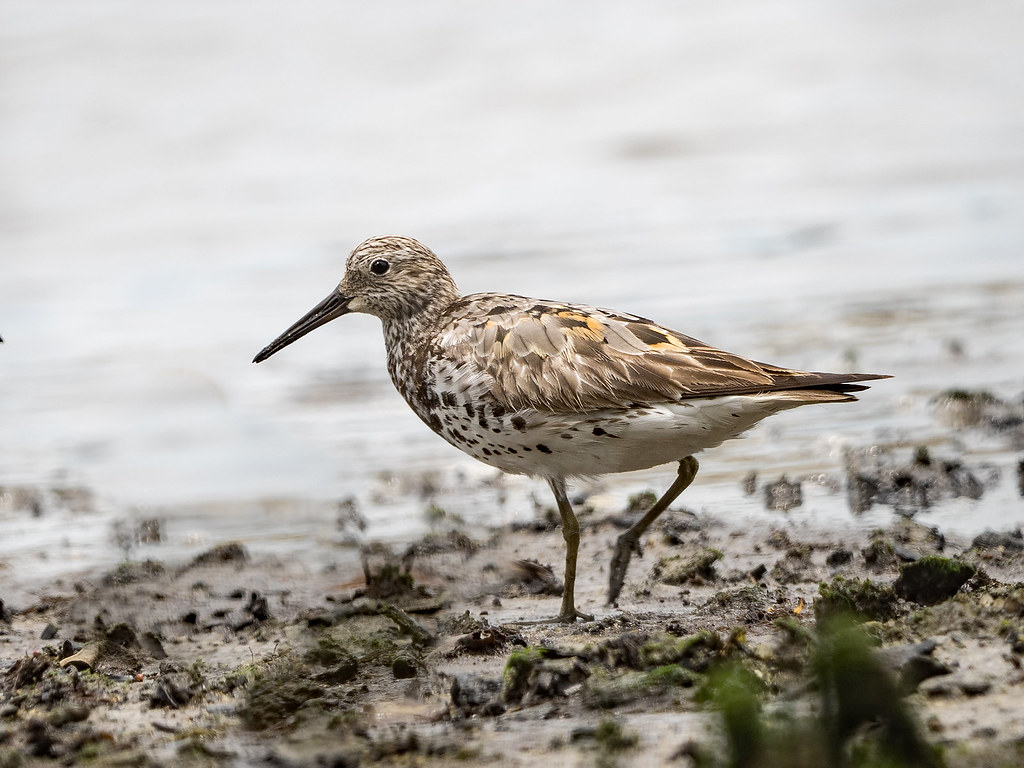Nalabana Bird Sanctuary | 10 Jan 2020
Why in News
Recently, a record number of migratory birds have arrived at the Nalabana bird sanctuary in Odisha.
- The dismantling of illegal prawn gherries inside the lake is being cited as the main reason behind the avian gathering. Gherries are areas encroached for illegal prawn cultivation inside the wetland area.
Key Points
- The Nalabana bird sanctuary is located on Nalabana Island in the Chilika lagoon area in Odisha.
- The Nalabana Bird Sanctuary is the core area of Chilika.
- The large Nalabana Island (Forest of Reeds) covering about 16 sq km was declared a bird sanctuary in 1987.
- The island disappears during the monsoon due to inundation, only to emerge again post-monsoon.
- Nalabana and Mangalajodi (on the banks of Chilika lake) are the two major places in Chilika where the birds congregate.
- Migratory birds usually start arriving at Chilika in November as it is a comparatively hospitable alternate habitat compared to the extreme freezing conditions in their natural habitats in Siberia, China, Japan and other countries in the northern hemisphere.
- Few important migratory birds seen here are: Bar-headed geese, greater flamingos, herons, black-tailed godwits and rare Great Knot. The Great Knot was seen after five years.
- Chilika Lake is Asia's largest and world's second-largest lagoon after the New Caledonian barrier reef in New Caledonia.
Great Knot (Calidris tenuirostris)
- The Great Knot is an international migratory bird that travels vast distances between the northern hemisphere breeding grounds and southern hemisphere summer feeding grounds around.
- It is distributed in far northeast Russia, coastal Australia, southeast Asia, India, Bangladesh, Pakistan and eastern Arabian Peninsula.
- It is listed as Endangered under the International Union for Conservation of Nature (IUCN) Red List.
